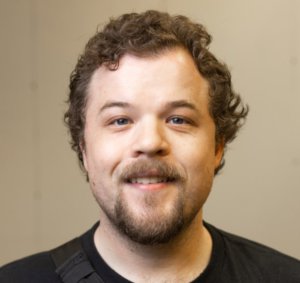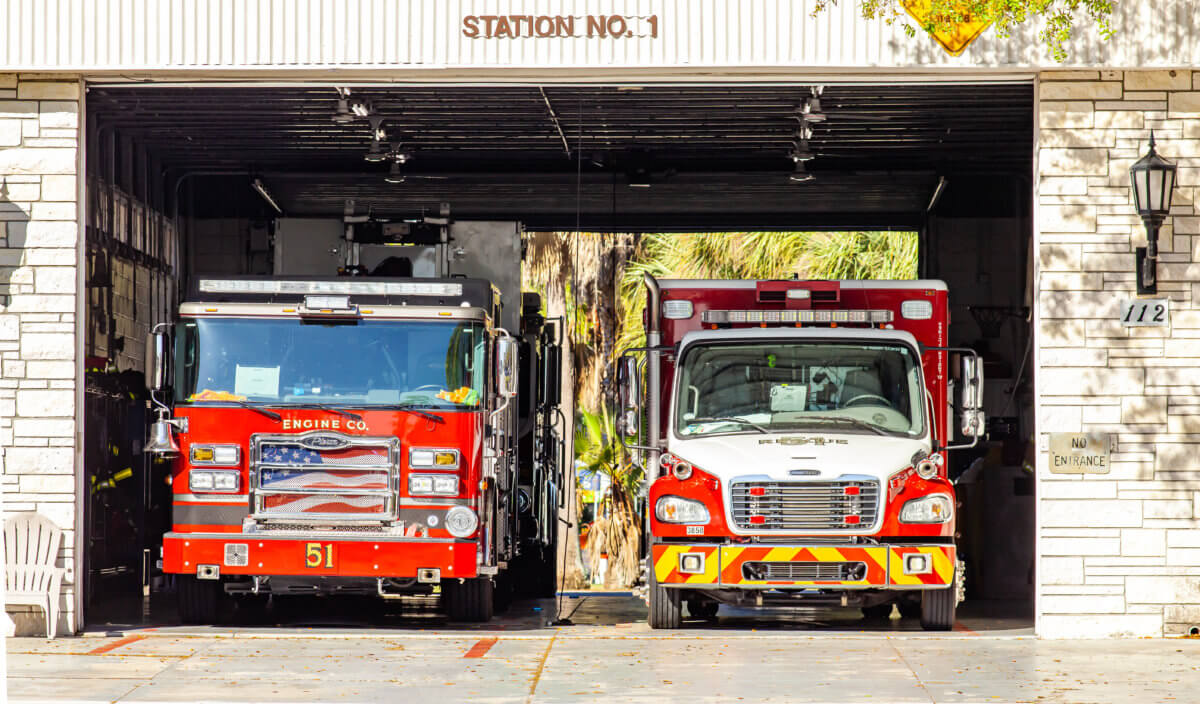By Corey Morrill, Dragonfly Wellness
Did you know that as of this writing, Utah is the only state that allows firefighters to use medical cannabis during their off-hours?
The January 2022 Utah legislative session passed SB 46. This closed a loophole in prior cannabis laws and allowed for all State employees, including firefighters, to consume medical cannabis on their off hours with a valid medical card. So, while Utah may not have the freedom to grow its own medicine as other states do, Utah is continually pushing to improve access to medical cannabis for those who severely need it.
To better understand how the passing of SB 46 affects our patients, I spoke with Connor Carpenter. He is a specialist for the Sandy City Fire Department, a hemp grower, and a medical cannabis advocate.
Carpenter became a firefighter after meeting the woman who would become his wife. Her father, grandfather, and uncle had all been firefighters themselves and inspired him to devote himself to a new line of work. After marrying, Carpenter and his wife began growing their own CBD-rich hemp to create sleep-aiding medicine. Although he was finding moderate relief with CBD alone, he began adding a ratio of THC to the mixture and found the right balance his body needed to rest effectively – firefighting is no walk in the park and that extends to their off-duty hours.
“Firefighters don’t have great sleep habits,” Carpenter explained. Although THC and CBD products are a much safer alternative for helping induce healthy sleep, Carpenter says many other firefighters have routinely turned to alcohol or opioids to self-medicate on their off-hours.
Eighty-five percent of career firefighters reported drinking within the past month, up to ten days a month, which is about half of their off-duty days, according to surveys by the Center for Fire and Rescue and EMS Health Research. And although there is no hard data on opioid use among firefighters, their high rate of injury and constant exposure to stress and trauma-inducing events puts them at higher-than-average risk of developing a substance use disorder, according to indicators from the Substance Abuse and Mental Health Services Administration (SAMHSA) in a research bulletin from 2018. With over 2000 firefighters working for the State of Utah according to the website Firefighter Now, those addiction statistics could affect the lives of not only the firefighters, their families, and their friends, but also the lives of those in the communities they serve.
Carpenter saw this problem affecting his colleagues and knew he had to act. He started to provide CBD-rich topicals and tinctures through his family-run business TriCombzzz & Cripple Juniper Farms. As a cannabis patient himself, he also encourages them to apply for medical cards to reduce their dependence on alcohol and opioids. He explains:
“I can see a huge difference in their personality when they show up in the morning or even talking to them outside of work and talking to their families. To see some of the turnarounds for these people is huge.”
The top two qualifying conditions for medical cannabis in Utah have consistently been chronic pain and PTSD, according to monthly reports released by The Utah Department of Health. Both conditions afflict firefighters, and emergency services workers in general, at a much higher rate than the average person, according to data from the CDC and SAMHSA. Which should not come as a surprise. Firefighters, EMTs, and other first responders witness sights that an average person would recoil at, often under circumstances that are already stressful and/or physically demanding enough.
Former Fort Worth Texas EMT Aaron Gann, now a Utah Medical Cannabis patient working the ski industry in Park City, says: “We would start to develop pretty dark senses of humor to make up for it. But at the end of the day that only gets you so far. I’m pretty sure we all got some kind of PTSD from it but smoking at night always helped more than drinking.”
But opponents of SB 46, including an Ogden City attorney and former Ogden City police chief, fear that allowing state first responders to participate in the medical cannabis program will put the public at risk. That fear is unfounded according to Carpenter:
“I just don’t know anyone that would risk it. There’s not anything stopping one of us from coming in drunk either, we just wouldn’t risk it. The job is hard enough already, to try to do it high would just be stupid.”
It makes sense for firefighters to be allowed to use cannabis in their off-hours – as it does for all EMS employees. These people put their lives at risk every day to ensure that our communities are safe and stable. They are not seeking to do anything that would put the public, the very people they are supposed to protect, at risk. If they can provide for us during our emergencies, shouldn’t the state allow the same for them?
 Corey Morrill is the Copy Editor at Dragonfly Wellness, Utah’s first medical cannabis pharmacy. Corey started out as a passionate budtender in the pharmacy but quickly used his background with a BA in Creative Writing from Southern Utah University to move towards writing product descriptions, and eventually worked his way into the marketing department. Corey is the chief content writer and editor and additionally serves as an SEO expert for the company. Follow the Dragonfly newsletter to see more of his work.
Corey Morrill is the Copy Editor at Dragonfly Wellness, Utah’s first medical cannabis pharmacy. Corey started out as a passionate budtender in the pharmacy but quickly used his background with a BA in Creative Writing from Southern Utah University to move towards writing product descriptions, and eventually worked his way into the marketing department. Corey is the chief content writer and editor and additionally serves as an SEO expert for the company. Follow the Dragonfly newsletter to see more of his work.
Dragonfly Wellness is Utah’s first and largest, vertically integrated medical cannabis company. Wellness opened its doors in March of 2020, sharing its anniversary with the birth of the state medical cannabis program and becoming the first of what is now 15 medical cannabis dispensaries in Utah. Wellness is constantly offering its patients the best service and features an ever-expanding catalog of products, and a delivery market that continues to grow as well. Dragonfly is a state-wide staple but aims to make itself a national one.


Follow NCIA
Newsletter
Facebook
Twitter
LinkedIn
Instagram
–